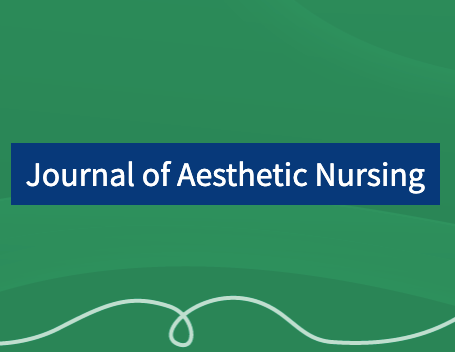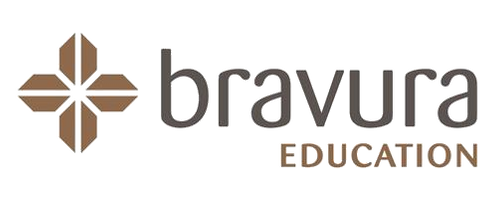
JUST IN: Risks & Regulations of cosmetic laser treatments, a UK update
The Journal of Aesthetic Nursing has recently published a UK update on the risks and regulations associated with the use of lasers and other energy-based devices in the non-surgical context. Whilst the primary focus of this article is on risk, injuries, and clinical oversight by an Expert Regulated Healthcare Professional (ERHP) (think of an ERHP Certification ProgramTM as rigorous laser treatment support for clinicians at all points in their career).
This article comes on the back of new standards in Canada and a renewed interest in Australian regulation and licensing, with a consultation being undertaken by Acil Allen on behalf of the NSW Environmental Protection Agency (Bravura Education has been an active participant in this latter process).
What was of particular interest was the information contained within it with regard to laser safety education and the peace of mind it gave us about the standard and quality of the Bravura Education curriculum, which aligns with it.
The recommendation is “completion of the MHRA-recommended ‘Core of Knowledge’ safety training”. This recommendation comes from the authors who are experts in lasers and dermatology. The ‘Core of Knowledge’ safety training was ratified by the UK Medicines and Healthcare products Regulatory Agency in September 2015. The Medicines and Healthcare products Regulatory Agency is the executive agency of the Department of Health that regulates medical devices and medicines in the UK.
The document, Lasers, intense light source systems and LEDs – guidance for safe use in medical, surgical, dental and aesthetic practices gives an example of the 'Core of Knowledge' elements:
Fundamentals of optical radiation devices and their interaction with tissue
- Understand how the different types of optical radiation are produced, what types of active media are used, and emission modes and delivery systems.
- Understand the characteristics of optical radiation emitted from different types of equipment.
- Be familiar with the intended purpose of the optical radiation equipment.
- Understand the effects of optical radiation exposure to eyes, skin and other tissue.
Hazards and how to control them
- Understand the principles of risk assessment.
- Be aware of the effects of exposure and health hazards, including eye, skin and tissue, which can arise from the use of laser, IPL or other optical radiation equipment.
- Be aware of the basic principles of the maximum permissible exposure levels and how to keep exposure of unprotected skin and eyes below these levels.
- Understand the hazards from optical radiation equipment, including optical beams, electrical hazards, equipment malfunctions, fire risks and smoke plume effects.
- Understand the hazards to patients and clients and the methods of minimizing risks.
- Understand the hazards associated to the different staff groups and methods for minimising risks.
- Understand the hazards from reflections or absorption of the optical radiation beam with respect to instruments, or reflective surfaces, or other equipment.
- Understand the hazard control procedures, including the use of personal protection.
- Be familiar with the additional precautions that may be necessary when undertaking non-routine activities with the equipment.
Safety management
- Be familiar with the basic principles of the administration of safety.
- Be aware of the relevant legislation, standards and hazard classifications relevant to lasers, IPLs and LEDs.
- Understand the safety procedures and policies governing optical radiation equipment use, including the local rules, and controlled area.
- Understand the role of the laser protection adviser (Radiation/Laser Safety Officer), laser protection supervisor (Laser Committee, Clinical Supervisor), authorised users (Users) and assisting staff (Operators, personnel in the Nominal Ocular Hazard Area).
- Be aware of the principles and requirements of equipment quality assurance processes and procedures.
- Be aware of the meaning of the warning labels and signs associated with optical radiation equipment.
- Understand the general principles of emergency action and how to report accidents.
With regard to the importance of training and safety, Town and colleagues (2025) stress that "proper training, protocols, and use of protective equipment are essential to minimise risks, with competence valued over professional title". We agree.
Are you looking for a bridging course to take you from nursing to dermal therapies? We can help.
References:
Medicines & Healthcare Products Regulatory Agency (2015). Lasers, intense light source systems and LEDs – guidance for safe use in medical, surgical, dental and aesthetic practices. https://assets.publishing.service.gov.uk/media/5a75936f40f0b6360e475291/Laser_guidance_Oct_2015.pdf
Town, G., Martin, R., Hills, S., and J. Exley (2025). The use of energy-based devices in non-surgical cosmetic treatments: risks and regulations. Journal of Aesthetic Nursing 14:3, 176-189
Post Disclaimer
This blog post has been vigilantly researched and fact checked to ensure that it is accurate, reliable and up to date. You must keep in mind that errors and omissions may occur and that we welcome any feedback or corrections in this regard. We encourage you to do your own research to verify the accuracy and contemporary nature of the information presented.
